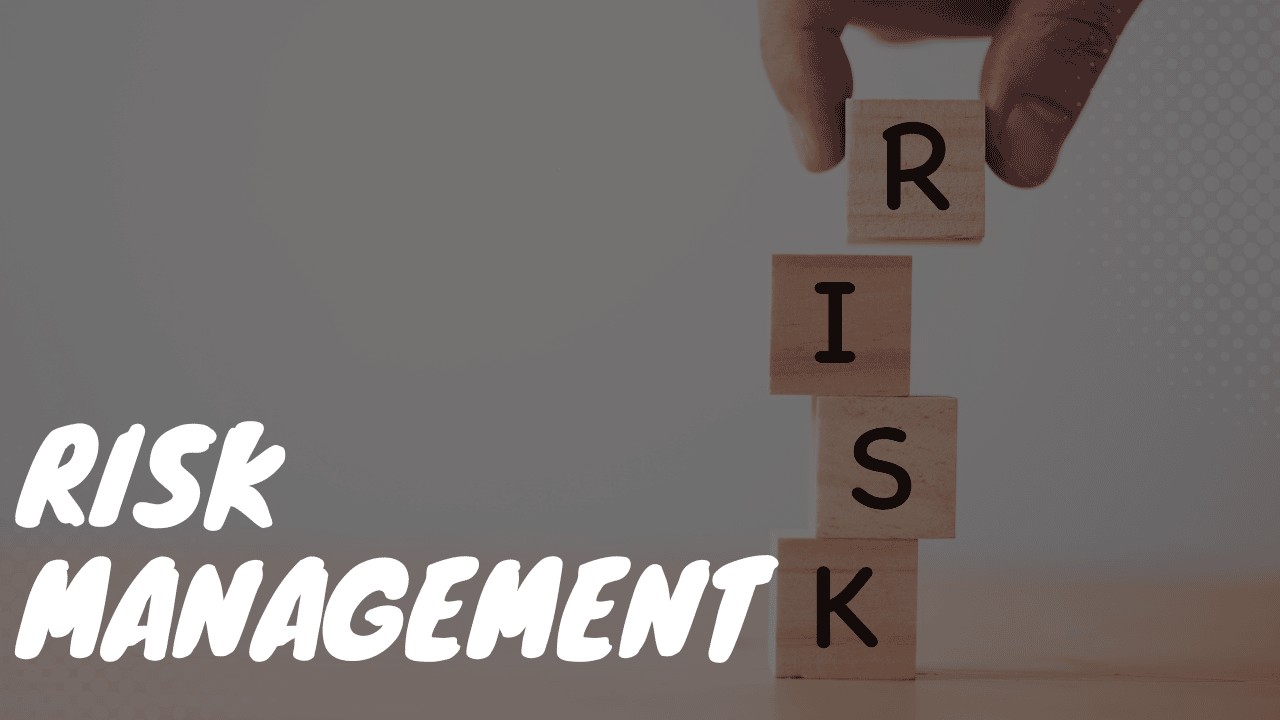-
Connect With Your Ottawa IT Service Company at (613) 828-1384
Connect With Your Ottawa IT Service Company at (613) 828-1384
Key Points
The traditional security perimeter is no longer enough to keep organizations safe. Cybercriminals are increasingly sophisticated and can easily bypass perimeter defenses. Preventing sophisticated attacks requires a new approach that starts with risk management and extends security throughout the entire network. Risk management is vital for small businesses. Implementing ongoing risk management as a standard practice can help protect your small business against potential losses and liabilities.

Risk management is a proactive approach to security that starts with identifying assets and vulnerabilities and then implementing measures to protect against potential threats. By taking a proactive approach, organizations can reduce the likelihood and impact of security breaches.
Risk management starts with a risk assessment, identifying and evaluating potential security risks. Once identified, organizations can develop and implement strategies to mitigate or reduce those risks.
Risk management strategies can include developing security policies and procedures, implementing security controls, and increasing employee awareness. Organizations must continually monitor and adjust their risk management strategies as new risks emerge, and existing risks change.
Effective risk management requires a commitment from everyone in the organization, from the CEO to the front-line employees. When everyone understands their role in security and works together to reduce risks, organizations can better protect themselves from potential threats.
There are four main components of risk management:
These components work together to form a comprehensive risk management strategy. Organizations can better protect themselves from potential threats by taking a proactive and holistic approach to security.
There are many benefits of risk management, including:
As a small business leader, you always seek ways to protect and grow your company. One way to do this is by implementing an ongoing risk management strategy.
Here are a few tips to help you get started:
By following these tips, you can help ensure that your small business is prepared for any potential risks that may come it’s way. Implementing ongoing risk management as a standard practice will help protect your business against losses—and allow you to sleep better at night knowing that you’re prepared for anything.
Zero-trust is a security principle that states that organizations should not automatically trust anything inside or outside their networks. Instead, all users, devices, and resources should be verified and authenticated before being granted access. Zero trust prevents cybercriminals from penetrating your organization by validating every user, device, and connection trying to access data or systems.
Adopting and implementing a zero-trust security strategy is not just about investing in the right technology. It’s about changing the way your organization thinks about security. Zero trust requires a shift in mindset from perimeter-based security to identity-based security. Organizations that have yet to make this shift are at a greater risk of data breaches and expensive cyber attacks.
According to IBM’s Cost of a Data Breach 2022 report, 41% of organizations revealed they have deployed a zero-trust security architecture, while the other 59% have not. The report also revealed the organizations that have deployed a zero-trust security architecture saved over 1 million dollars in data breach costs.
Zero trust is no longer a new or emerging technology – it’s a must-have for any organization looking to protect its data and systems. As the need for better security grows, so does the adoption of zero trust.
Risk management is an important part of running a successful small business. By identifying potential risks and implementing mitigation strategies, you can help protect your business against losses. Review your risk management strategy regularly to ensure that it stays up-to-date, and don’t hesitate to seek professional help if you need it.